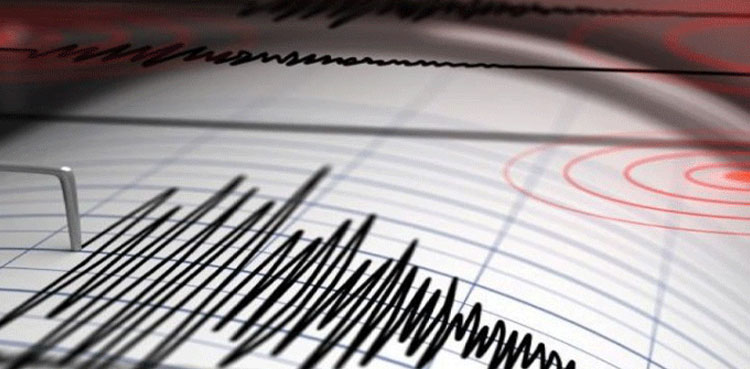Pakistan remains in the grip of frequent earthquakes that keep on hitting its northern areas with quite regularity. This problem has to do a lot with the nature of the tectonic plates of the Earth that move continuously since they emerged a whopping 3.6 billion years ago.
Interestingly, previously, it was perceived that these plates formed anywhere from 3.5 billion to 3 billion years ago and another research has even estimated that the plates are 3.7 billion years old. Through a detailed process it was discovered the onset date of plate tectonics by analyzing ancient zircon crystals from Western Australia. Some of the zircons date to 4.3 billion years ago, meaning they existed when Earth was a mere 200 million years old that is described as just a baby in geological terms.
In this context, researchers used these zircons, as well as younger ones dating to 3 billion years ago, to decipher the planet’s ongoing chemical record. They were involved in reconstructing how the Earth changed from a molten ball of rock and metal to that is seen in existence now.
Plate tectonics refers to how humongous slabs of solid rock glide over Earth’s mantle, the layer just below the crust. These continental slabs shift, fracture and collide, causing earthquakes to occur, mountains to grow and oceans to form. Besides Earth, no other known planetary bodies have plate tectonics and it is likely that Earth has life because of plate tectonics.
In this matter it is mentioned that over time rocks capture carbon dioxide, a greenhouse gas that helps to warm Earth although too much CO2 can lead to global warming and plate tectonics ensures that these rocks eventually get dragged down and melted and their CO2 is spewed out as gas through volcanoes, Live Science previously reported. Without this process, Earth might freeze.
However, because the earliest plate tectonics have been covered up and recycled over the geological eons, determining its age can be challenging. To investigate, a host of researchers collected 15 grapefruit-size rocks and pulverized them into their smallest mineral components, forming sand. Luckily, zircons appeared dense, so it was easy to separate them from the rest of the sand by using a method akin to gold panning.
Next, the researchers took the zircons — more than 3,500 in all — and zapped them with a laser to measure their chemical makeup using mass spectrometry. The team also determined each zircon’s age by measuring its uranium content, a radioactive element with a known rate of decay, which enables scientists to determine how long each sample has existed. However, only 200 of these zircons were considered fit for study meaning they had retained their chemical properties from billions of years ago.
It was also mentioned that unlocking the secrets held within these minerals is no easy task as the researchers analyzed thousands of these crystals to come up with a handful of useful data points but each sample has the potential to tell us something completely new and reshape how we understand the origins of our planet.
The researchers also looked at each zircon’s aluminum content. Research on modern zircons has shown that high-aluminum zircons form in just a few ways. So, the presence of aluminum in ancient zircons offers clues about how they were produced and what was going on at that time, geologically speaking.
After analyzing the 200 zircons, each the width of just a few human hairs, the researchers found a marked increase in aluminum concentrations about 3.6 billion years ago. This compositional shift probably marks the beginning of plate tectonics and potentially could signal the emergence of life on Earth but what needs doing is to do lot more research to determine this geologic shift’s connections to the origins of life.


Leave a Comment